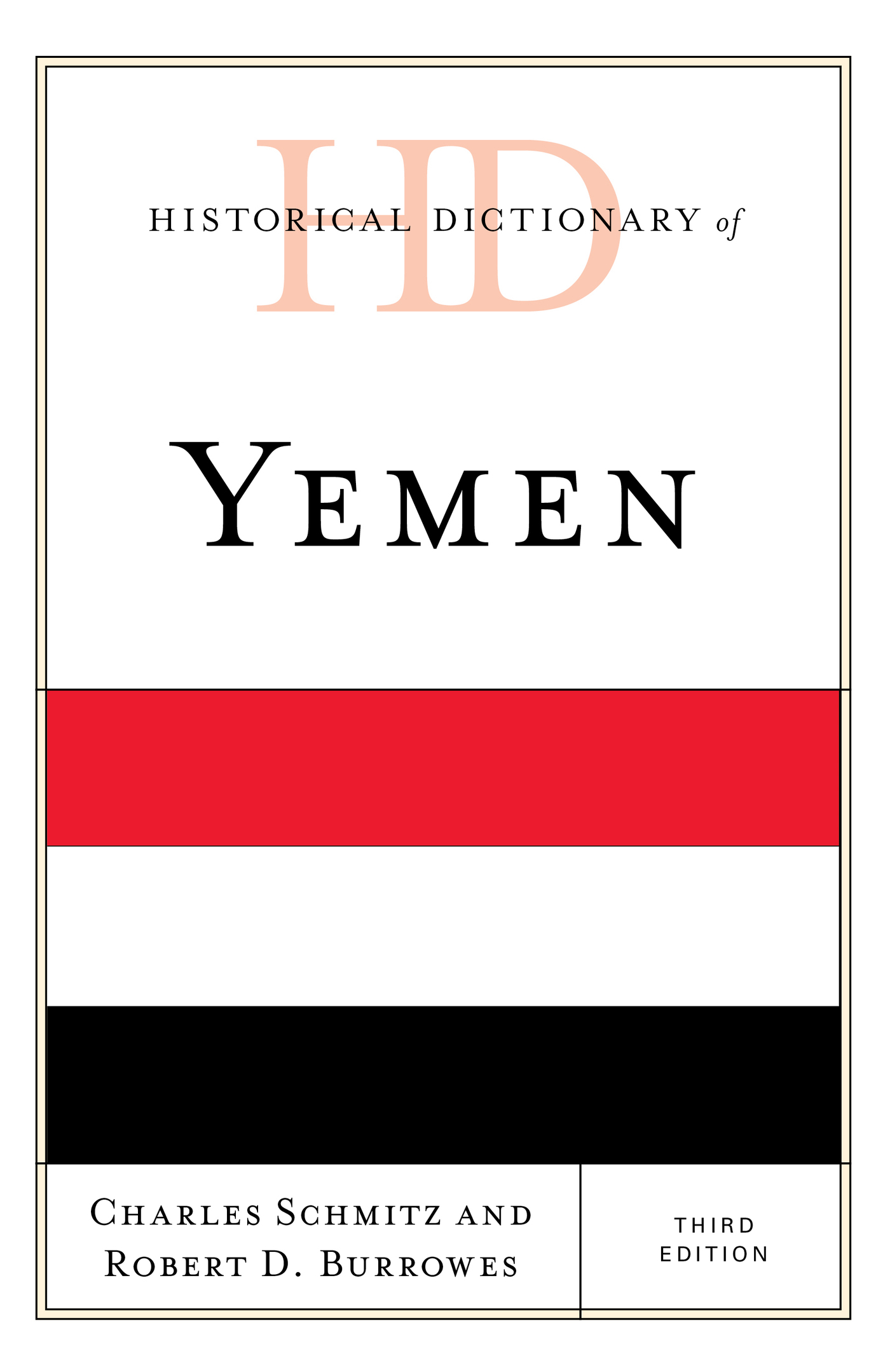The historical dictionaries present essential information on a broad range of subjects, including American and world history, art, business, cities, countries, cultures, customs, film, global conflicts, international relations, literature, music, philosophy, religion, sports, and theater. Written by experts, all contain highly informative introductory essays on the topic and detailed chronologies that, in some cases, cover vast historical time periods but still manage to heavily feature more recent events.
Brief AZ entries describe the main people, events, politics, social issues, institutions, and policies that make the topic unique, and entries are cross-referenced for ease of browsing. Extensive bibliographies are divided into several general subject areas, providing excellent access points for students, researchers, and anyone wanting to know more. Additionally, maps, photographs, and appendixes of supplemental information aid high school and college students doing term papers or introductory research projects. In short, the historical dictionaries are the perfect starting point for anyone looking to research in these fields.
Historical Dictionaries of
Asia, Oceania, and the Middle East
Jon Woronoff, Series Editor
Guam and Micronesia, by William Wuerch and Dirk Ballendorf. 1994.
Palestine, by Nafez Y. Nazzal and Laila A. Nazzal. 1997.
Lebanon, by Asad AbuKhalil. 1998.
Azerbaijan, by Tadeusz Swietochowski and Brian C. Collins. 1999.
Papua New Guinea, Second Edition, by Ann Turner. 2001.
Cambodia, by Justin Corfield and Laura Summers. 2003.
Saudi Arabia, Second Edition, by J. E. Peterson. 2003.
Nepal, by Nanda R. Shrestha and Keshav Bhattarai. 2003.
Kyrgyzstan, by Rafis Abazov. 2004.
Indonesia, Second Edition, by Robert Cribb and Audrey Kahin. 2004.
Republic of Korea, Second Edition, by Andrew C. Nahm and James E. Hoare. 2004.
Turkmenistan, by Rafis Abazov. 2005.
New Zealand, Second Edition, by Keith Jackson and Alan McRobie. 2005.
Vietnam, Third Edition, by Bruce Lockhart and William J. Duiker. 2006.
India, Second Edition, by Surjit Mansingh. 2006.
Burma (Myanmar), by Donald M. Seekins. 2006.
Hong Kong SAR and the Macao SAR, by Ming K. Chan and Shiu-hing Lo. 2006.
Pakistan, Third Edition, by Shahid Javed Burki. 2006.
Iran, Second Edition, by John H. Lorentz. 2007.
Peoples Republic of China, Second Edition, by Lawrence R. Sullivan. 2007.
Australia, Third Edition, by James C. Docherty. 2007.
Gulf Arab States, Second Edition, by Malcolm C. Peck. 2008.
Laos, Third Edition, by Martin Stuart-Fox. 2008.
Israel, Second Edition, by Bernard Reich and David H. Goldberg. 2008.
Brunei Darussalam, Second Edition, by Jatswan S. Sidhu. 2010.
Malaysia, by Ooi Keat Gin. 2009.
Yemen, Second Edition, by Robert D. Burrowes. 2010.
Tajikistan, Second Edition, by Kamoludin Abdullaev and Shahram Akbarzadeh. 2010.
Mongolia, Third Edition, by Alan J. K. Sanders. 2010.
Bangladesh, Fourth Edition, by Syedur Rahman. 2010.
Polynesia, Third Edition, by Robert D. Craig. 2011.
Singapore, New Edition, by Justin Corfield. 2011.
East Timor, by Geoffrey C. Gunn. 2011.
Postwar Japan, by William D. Hoover. 2011.
Afghanistan, Fourth Edition, by Ludwig W. Adamec. 2012.
Philippines, Third Edition, by Artemio R. Guillermo. 2012.
Tibet, by John Powers and David Templeman. 2012.
Kazakhstan, by Didar Kassymova, Zhanat Kundakbayeva, and Ustina Markus. 2012.
Democratic Peoples Republic of Korea, by James E. Hoare. 2012.
Thailand, Third Edition, by Gerald W. Fry, Gayla S. Nieminen, and Harold E. Smith. 2013.
Iraq, Second Edition, by Beth K. Dougherty and Edmund A. Ghareeb. 2013.
Syria, Third Edition, by David Commins and David W. Lesch. 2014.
Science and Technology in Modern China, by Lawrence R. Sullivan and Nancy Y. Liu, 2014
Taiwan (Republic of China), Fourth Edition, by John F. Copper. 2014.
Australia, Fourth Edition, by Norman Abjorensen and James C. Docherty. 2015.
Republic of Korea, Third Edition, by James E. Hoare. 2015.
Indonesia, Third Edition, by Audrey Kahin. 2015.
Fiji, by Brij V. Lal. 2016.
Peoples Republic of China, Third Edition, by Lawrence R. Sullivan. 2016.
Israel, Third Edition, by Bernard Reich and David H. Goldberg. 2016.
New Zealand, Third Edition, by Janine Hayward and Richard Shaw. 2016.
Brunei Darussalam, Third Edition, by Jatswan S. Sidhu. 2017.
Nepal, Second Edition, by Nanda R. Shrestha and Keshav Bhattarai. 2017.
Burma (Myanmar), Second Edition, by Donald M. Seekins. 2017.
Yemen, Third Edition, by Charles Schmitz and Robert D. Burrowes. 2017.
Historical Dictionary of Yemen
Third Edition
Charles Schmitz and Robert D. Burrowes
Names: Burrowes, Robert D., author. | Schmitz, Charles 1958-, author.
Title: Historical dictionary of Yemen / Charles Schmitz and Robert D. Burrowes.
Description: Third edition. | Lanham, Maryland : Rowman & Littlefield Publishing Group, Inc., 2017. | Series: Historical dictionaries of Asia, Oceania, and the Middle East | Includes bibliographical references. | Description based on print version record and CIP data provided by publisher; resource not viewed.
Identifiers: LCCN 2017020609 (print) | LCCN 2017025587 (ebook) | ISBN 9781538102336 (electronic) | ISBN 9781538102329 (hardcover : alk. paper)
Subjects: LCSH: Yemen (Republic)HistoryDictionaries.
Classification: LCC DS247.Y45 (ebook) | LCC DS247.Y45 B87 2017 (print) | DDC 953.3003dc23
Printed in the United States of America.
The Romans called it Arabia Felix, but its history has not been very happy in most times, including also the period of Roman rule, and this partly because it has been conquered and ruled or dominated by outsiders so often it is hard to keep track. There were the Romans, and the Byzantines, and the Abyssinians, and the British, and the Ottoman Turks, and more recently and increasingly Saudi Arabia. This is partly because it has also been divided one way or the other, and usually in several ways, over its whole history. The rulers above did not always control the whole area, which created some of the divisions, the others being homegrown. Although all, or mostly all, Arabs, there are definite ethnic divisions. Although all, in this case, Muslims, they are divided by different schools of Islam and the related sects. Then there are ethnic differences and broader ones between north and south. Although all wanted independence, and they got it as of 1967, they have differed greatly and sometimes violently over what sort of government they needed, ranging from extremely conservative to very radical tendencies, from those promoting secular rule to those demanding one form or another of religious control. This has obviously resulted not only in strife but a long roll of coups, revolutions, uprisings, and civil wars, which have not ended today; if anything, Yemen is presently engulfed in its most conflictual period ever.


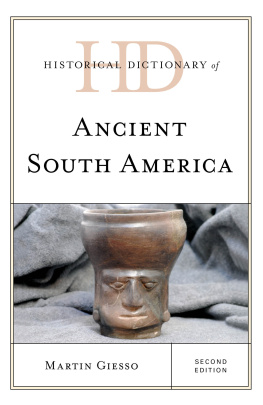
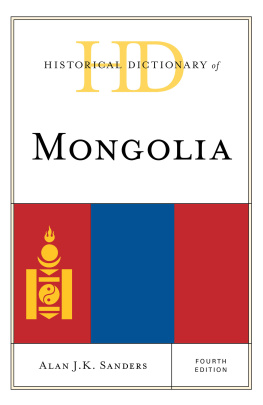
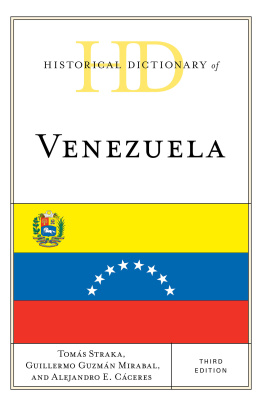
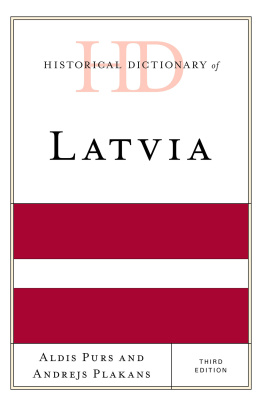
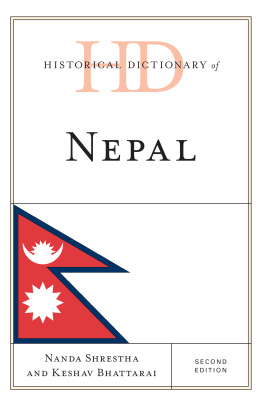
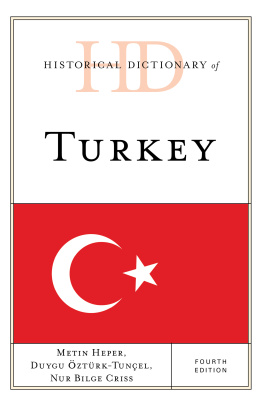


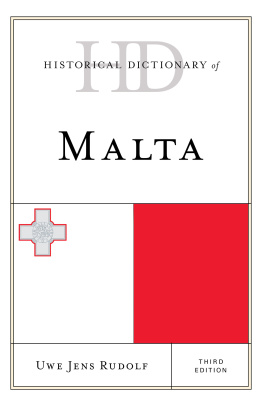
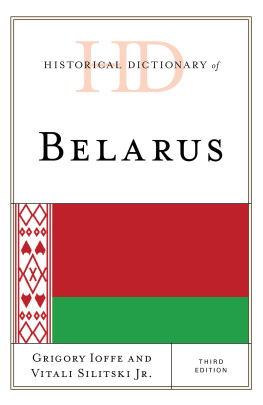
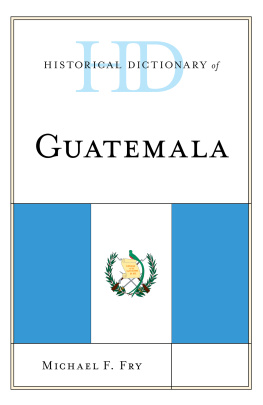
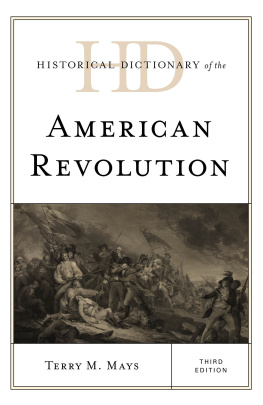

 The paper used in this publication meets the minimum requirements of American National Standard for Information Sciences Permanence of Paper for Printed Library Materials, ANSI/NISO Z39.48-1992.
The paper used in this publication meets the minimum requirements of American National Standard for Information Sciences Permanence of Paper for Printed Library Materials, ANSI/NISO Z39.48-1992.